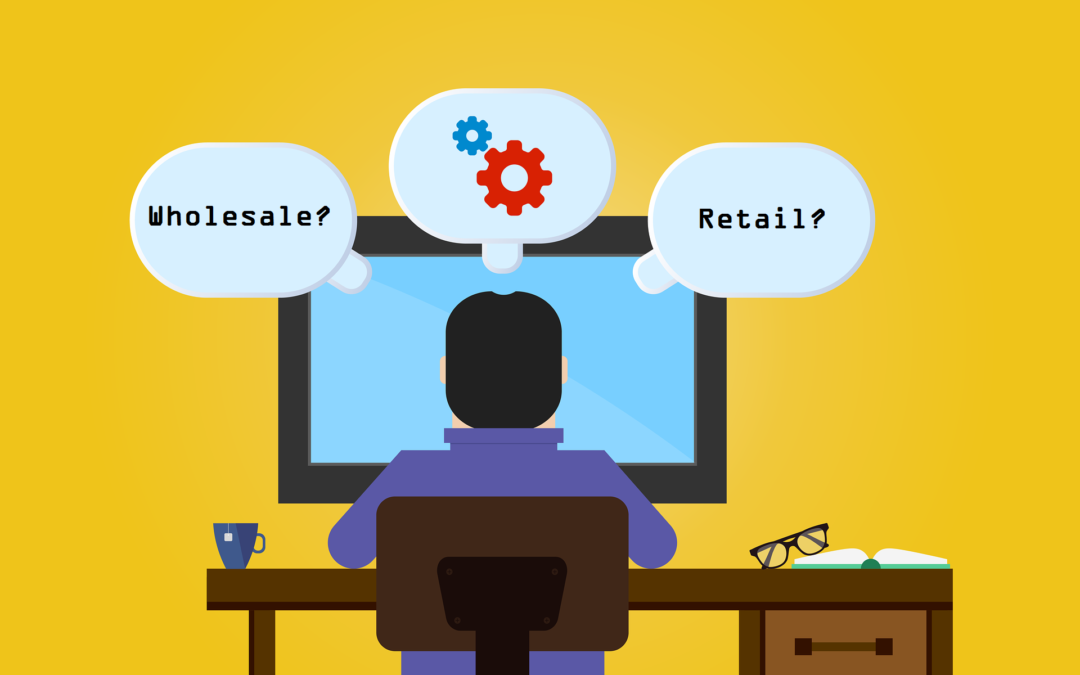
Wholesale Vs. Retail Mortgage Rates
Everybody loves a discount, right? We love shopping at websites or stores where we’re being offered wholesale prices. That’s because we’ve learned that if we buy direct from the manufacturer, the price is usually reduced. It’s the same for mortgage rates. When you walk into the branch of a bank, they are going to offer you retail prices just as a clothing store would. Those prices cover overhead such as building maintenance, marketing, employee salaries and benefits etc. The interest rate offered by the large, national or regional bank at your local branch reflects the same expenses. When you work with a mortgage broker, that broker has direct relationships with several lenders, some of whom don’t offer direct access to consumers – they only work with brokers. This saves them money by not having exorbitant marketing expenses, employee related expenses and brick and mortar expenses. Since they have reduced expenses, they can offer brokers lower interest rates which then are passed on to borrowers. In addition, many of the large regional and national banks assume you won’t shop your mortgage rates; they know that you are more likely to walk into the branch where you have your checking and savings and just assume they’ll offer you the best rate available. That just isn’t true and it can be a costly mistake. Even an eighth of a point savings in the interest rate could save you several hundred to several thousand dollars over the lifetime of the loan, even if you only stay in that home for 5 years.
The challenge is how to shop for the best interest rate. Shopping is difficult because interest rates often change daily, sometimes even several times per day. In addition there are many factors that are calculated into the interest rate you personally are offered based on your credit score, down payment amount, loan amount, type of property and loan program. So how do you shop? Here is what we would recommend.
1. First, have as much information at hand as possible. You should know these four things:
- credit scores of all borrowers
- a purchase price and the amount you are planning use for a down payment. The down payment amount divided by the purchase price will equal the percentage of the downpayment. That, in turn will tell you what the loan-to-value of the purchase prices. For example putting $50,000 down on a $200,000 purchase price equals a 25% down payment or a 75% loan-to-value.
- is the type of property a single family home, condominium, multi-family etc.
- an estimated amount you expect to borrow
2. Call several brokers and banks and ask them this; If they could lock your interest rate today with a 30 day lock guarantee what would that rate be?
3. Compare rates and choose the one that seems best for you. It is ok to bargain as well. If one bank gives you what seems like a great deal, call another broker or bank you like to see if they can match that rate.
